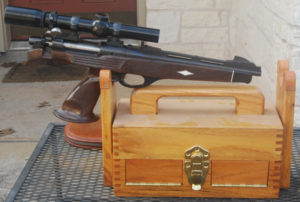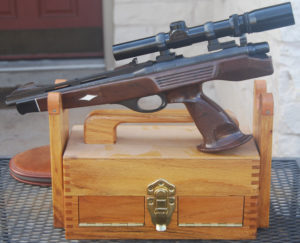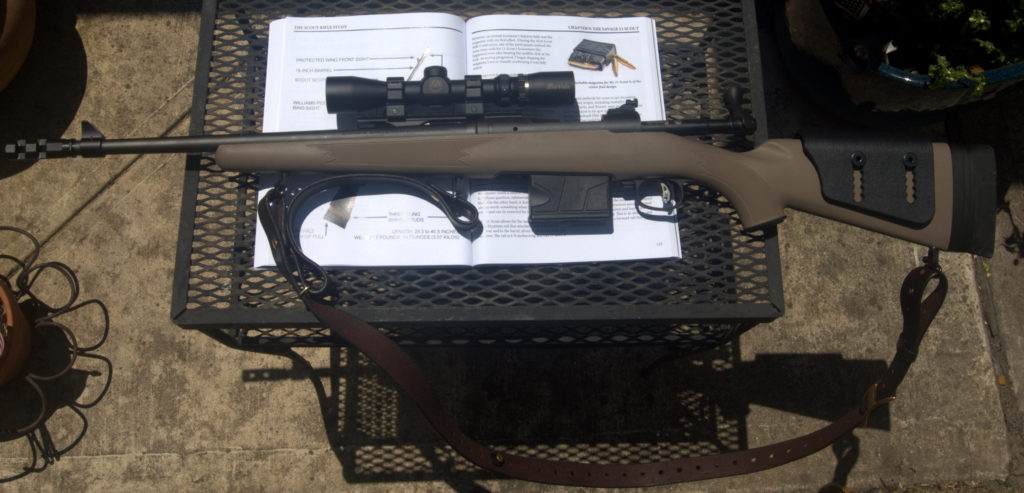Rick Laird, noted musician.
The guitarist John McLaughlin called Mr. Laird in 1971 with an invitation to join a group he was forming with the goal of uniting the jazz-rock aesthetic — which Mr. McLaughlin had helped establish as a member of Miles Davis and Tony Williams’s earliest electric bands — with Indian classical music and European experimentalism.
The new ensemble, the Mahavishnu Orchestra, which also featured the drummer Billy Cobham, the keyboardist Jan Hammer and the violinist Jerry Goodman, became one of the most popular instrumental bands of its time. It released a pair of studio albums now regarded as classics for Columbia Records, “The Inner Mounting Flame” (1971) and “Birds of Fire” (1973), and one live album, “Between Nothingness & Eternity” (1973).
After leaving Mahavishnu, he went on to tour with other artists and did one solo album. But he decided in 1982 that he needed a backup career path. So he became a professional photographer. (The NYT says that he did continue to write and perform music, but none of it has been “officially released”.)
My feelings about baseball are well known, but I did want to highlight the passing of Marjorie Adams. She spent a lot of time researching and lobbying for her great-grandfather’s (Daniel Adams) place as a founding father of baseball.
Making the case for her great-grandfather, who was known as Doc (he came by his nickname legitimately, having received a medical degree from Harvard in 1838), became Ms. Adams’s consuming passion. She advocated for him on a website, at conferences, at meetings of the Society for American Baseball Research (SABR) and at vintage baseball festivals, where fans play and celebrate the sport, as if it were the 19th century. She nicknamed herself Cranky, for “cranks,” a period term for fans.
“Baseball is the national pastime,” she said in an interview in 2014 with SABR’s Smoky Joe Wood chapter. “It’s important that the historical record is correct.”
That record was a lie for a long time, according to John Thorn, baseball’s official historian. Abner Doubleday was for many years falsely cited as baseball’s inventor. And Alexander Cartwright, who played a role in the sport’s evolution, was credited on his plaque at the Hall of Fame in Cooperstown, N.Y., with some of the innovations that, it turned out, were actually conceived by Adams.
…
Doc Adams began playing for the pioneering New York Knickerbockers Base Ball Club in 1845. While with the team, he created the shortstop position — as a relay man from the outfield, not a fielder of ground balls and pop flies. He made his most critical contributions to the game in 1857 at a rule-making convention of which he was chairman.
There he codified some of the fundamentals of the modern game, setting the distance between bases at 90 feet, the length of a game at nine innings and the number of men per side at nine.



